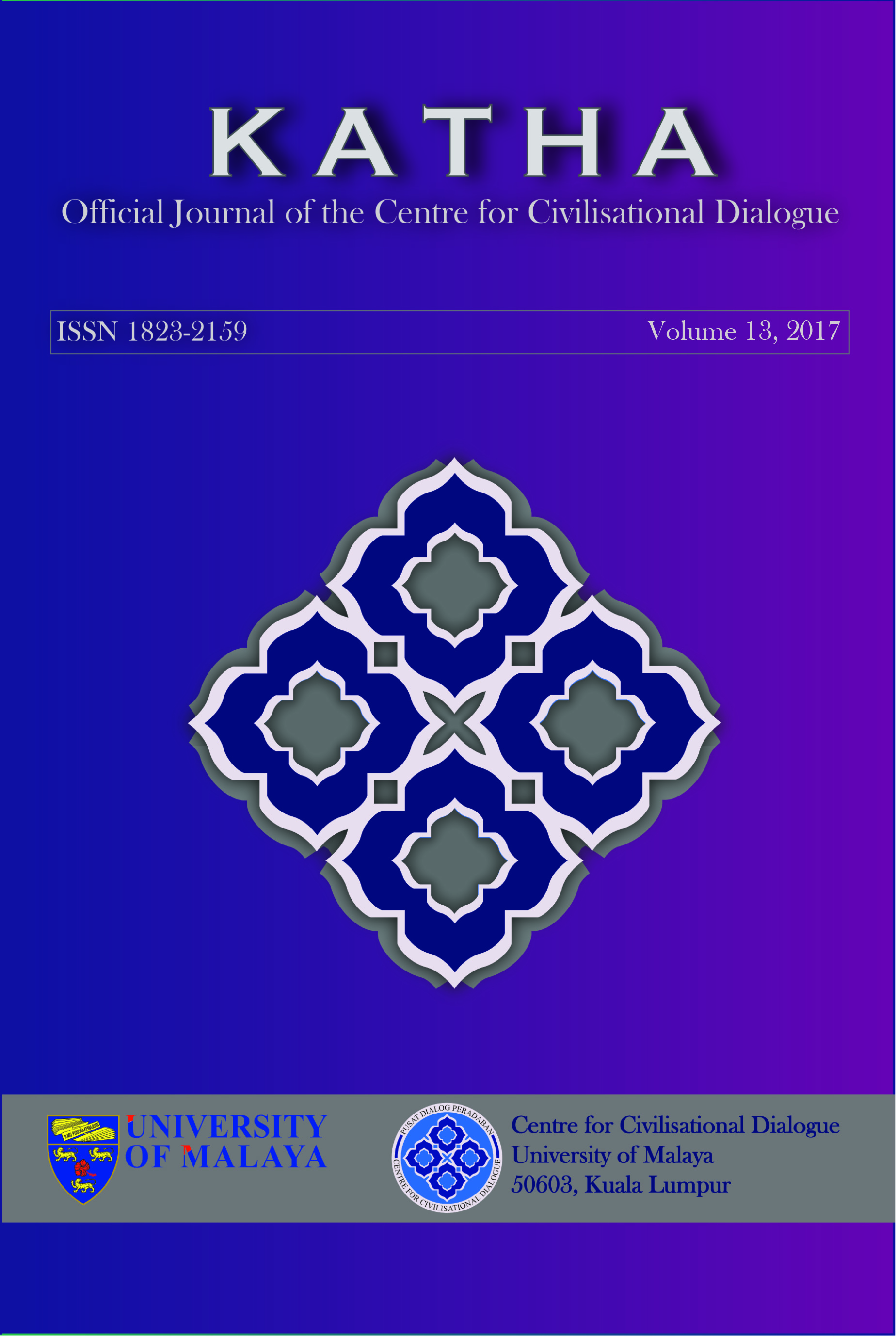No Sale: a history of successful failure(s) at teaching the Holocaust to Israel’s Palestinian Arab citizenry, 1996 to the present.
DOI:
https://doi.org/10.22452/KATHA.vol13no1.1Keywords:
Arab/Israeli conflict;, Conflict resolution×, Yad Vashem×Abstract
In the past 25 years, there have been three distinct efforts by Yad Vashem to teach the Holocaust to Israel’s Arab citizenry. All three programs failed miserably. In this paper, I analyse these different programs so as to identify the systemic causes of Yad Vashem's sole educational failure (s) in teaching the Holocaust to its population. This paper argues that these programs were seen as failure(s) because they did not achieve the stated educational goals. This research supports the claim that these very failures were in fact successes in that they maintained the core beliefs that created the continuing conflict between Jewish and Arab citizens in the first place. These failures were, in fact, successful components in maintaining an intractable conflict between the majority and minority populations. These findings rest upon two bodies of research materials. The first is primary sources gathered from Yad Vashem and interviews conducted with key educational actors in this process. Additionally, articles and editorials from the Israeli and Arab popular presses, which helped to set public opinion on these programs, were examined. This research is important in understanding the conflict between two civic groups who sufferred from ‘the narcissism of minor differences'. This gives hope for the existence of peace.
Downloads
Downloads
Published
How to Cite
Issue
Section
License
Articles submitted to the journal should not have been published before in their current or substantially similar form, or be under consideration for publication elsewhere. Authors submitting articles for publication warrant that the work is not an infringement of any existing copyright and will indemnify the publisher against any breach of such warranty. For ease of dissemination and to ensure proper policing of use, papers and contributions become the legal copyright of the publisher unless otherwise agreed. By submitting a manuscript, the author(s) agree that copyright for the article is transferred to the publisher, if and when the manuscript is accepted for publication. However, it can be reprinted with a proper acknowledgment that it was published in KATHA.

This work is licensed under a Creative Commons Attribution-NonCommercial-NoDerivatives 4.0 International License.




